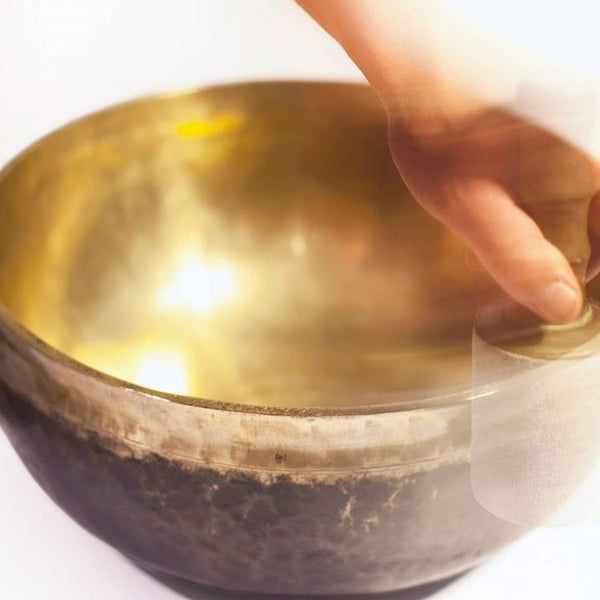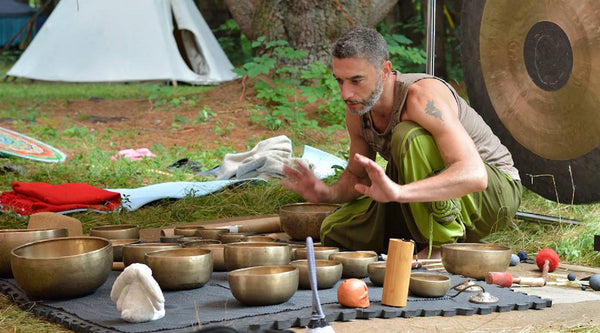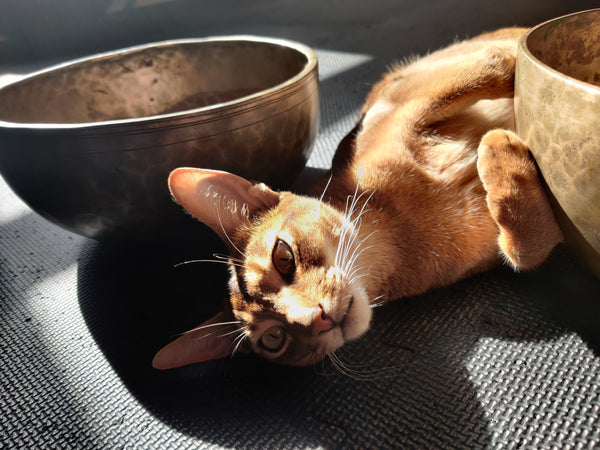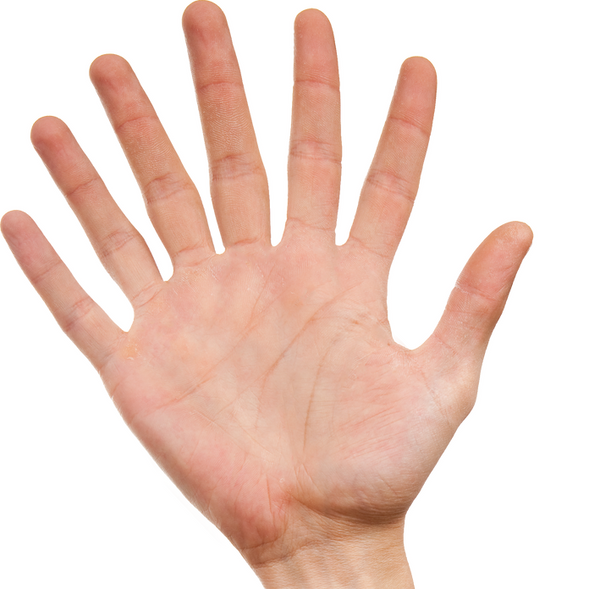YOU ARE WHAT YOU LISTEN TO
Greetings and warm blessings to our cherished visitors!
Our hearts are filled with gratitude as you choose Bells of Bliss to be your guiding light in your quest to explore the enchanting universe of Tibetan singing bowls (Himalayan singing bowls).
At Bells of Bliss, we serve as a conduit for genuine, top-notch Tibetan singing bowls, as well as provide valuable insights into their purpose and utilization in a compassionate manner.
In the vast world of Tibetan singing bowls, not all are created equal.
Our commitment lies in ensuring that each singing bowl showcased to you represents the epitome of craftsmanship and sonic beauty. We delve deep, curating with precision, ensuring that every Tibetan bowl and the accompanying advice we offer rises above the rest.
Within our catalog, you will find an assortment of Tibetan singing bowls and singing bowl sets sourced from various regions in the Himalayas. These remarkable instruments have withstood the test of time, traversing through centuries, transferring ownership along their path.
As you gaze upon the image and listen to the accompanying sound sample of each singing bowl, you become an integral part of their captivating story.
Every Tibetan singing bowl that finds its way to our website is a gem in its own right. Handpicked from hundreds, each bowl resonates with a unique voice, having passed our rigorous selection based solely on the harmonious allure of its sound.
The one and only criterion that we deliberately follow is the aesthetics of sound.
To explore the field of sound healing, kindly visit our Sound Medicine Academy for detailed information on our sound healing training programs.
Should you desire guidance, we warmly extend an invitation for a complimentary consultation with our knowledgeable experts. Please email or call us.
Disclaimer:
While these exquisite sound healing instruments are more accurately known as "Himalayan Singing Bowls" due to their origins, we have chosen to refer to them as "Tibetan Singing Bowls" on our website. This decision is based on the fact that the majority of our valued customers use the term "Tibetan Singing Bowls" when searching for these unique items online.

There are many "authorities" in sound healing community and some of them are misleading the subject by spreading unreliable teachings about the notes and chakras. I know that some of these teachers were misled themselves and they strongly believe that there is nothing wrong with the knowledge they teach. They have the best intentions, projecting so much love and care, but yet, if you choose to blindly follow the path they offer, will you discover the truth?
Unfortunately, there are also fake gurus and I will allow myself to say BE AWARE OF THE SPIRITUAL FRAUD!
Read more

If you start hearing a rattling sound, slow down and apply more pressure. The mallet loosely vibrating against the metal (jumping on-and-off) causes that rattling sound. It takes a little pressure to maintain even friction with the metal as it vibrates back and forth. The rattle is usually heard in the same area when playing the rim of the singing bowl. It happens because the pressure in that area is a little loose. The vibration can not be built up to a constant (steady) intensity if the singing bowl is rumbling.
Read more
Although little is known about how singing bowls were used in the past, modern practitioners of sound healing are developing new skills and reinventing techniques of utilizing singing bowls for balancing and harmonization. There are many skeptical opinions, but if you know what to do with the bowl - you'll see that it works!
Read more
Singing bowls could be brought to hospitals and rehabilitation centers. For more than four years now I've been bringing sound therapy to a nursing home and rehabilitation center in Manhattan. Although I introduced myself as a musician – and that's how I was hired – the management is calling my program “sound healing”. Most likely I would not have been hired if I called myself a sound healer. My agenda was to bring the art of conscious listening and sound meditation to the elders. I knew, however, that the sound healing modality had no support or even recognition
Read more

In this article, we will talk about the uniqueness of Himalayan Singing Bowls (also known as Tibetan Singing Bowls and Sound Healing Bowls). We will learn what makes the sound of singing bowls so unique and why listening to these instruments can be healing.
This article presents interesting facts about the imprint of harmony within the timbre. We will also look deeper into the acoustic phenomenon such as dissonance, and brainwave entrainment.
Read more
Oftentimes sound healing or sound bath participants feel overwhelmed and uncomfortable by sounds that may be unintended by the sound practitioner, thus resulting in a participant’s aversion to continuing with further sessions. Without the right tools and playing techniques, singing bowls can emit unwanted buzzing, loud or piercing pitches, or even harsh percussive sounds.
Read more

A common misconception is that Himalayan singing bowls are made from a special "sacred seven metal" alloy.
This is a false myth that has been perpetuated over the internet. Many people believe the seven metal myths. However, there is no truth to it. Singing bowls were never made from seven metals. In testing hundreds of bowls, we have never found the mythical seven metals. We have found only bell metal bronze or the cheap brass alternative.
Read more
One of the most important aspects to understand, when working in the field of sound healing or just using sound for self benefits is; what is resonance. People talk about the healing vibrations and healing frequencies. There are many claims made in the sound wellness community about the specific sound frequencies that kill cancer cells and frequencies that heal and repair DNA. There are claims about 432Hz creating the resonance of healing of the planet Earth... Claims about 528Hz is a frequency of love that creates resonance of DNA and therefore, is a DNA repairing frequency...
Read moreThough often referred to as Tibetan singing bowls, these metal-made vessels are more accurately named "Himalayan singing bowls" since they are found throughout various regions of the Himalayas. It's likely that the country of origin for Tibetan singing bowls is India.
Playing the singing bowl: A bowl can be played in two primary ways:
Striking singing bowl: You can use a mallet to strike the Tibetan bowl, much like you would strike a bell. When the bowl is stroke, it vibrates at various frequencies. This produces multiple overtones simultaneously. The fundamental frequency (the main note you hear) combined with these overtones gives the Tibetan singing bowl its unique, rich sound.
Rubbing singing bowl: By running the mallet around the rim of the bowl in a consistent and steady manner, you create friction. This friction causes the sides of the bowl to vibrate, which produces a continuous, resonant tone.
The vibrations produced by the singing bowls can promote relaxation, balance energy, and facilitate healing. The soothing sound and vibrations are said to reduce stress, and aid in meditation.
The resonance from singing bowls can influence brainwave frequencies, leading individuals into deeper states of relaxation or meditation.
The sound produced by a singing bowl depends on various factors including its size, thickness, the material it's made of, and the technique used to play it. Larger Tibetan singing bowls tend to produce deeper, longer-lasting tones, while smaller bowls produce higher-pitched tones.
The traditional alloy composition used for crafting Himalayan singing bowls is Bronze, which typically consists of approximately 80% copper and 20% tin. Modern singing bowls, on the other hand, are usually made of Brass, comprised of roughly 80% copper and 20% zinc. It's important to mention that, based on numerous metallurgical tests we've conducted on antique Tibetan singing bowls, there's no evidence to support the presence of the often-mentioned seven metals. We did, however, detect trace amounts of iron.